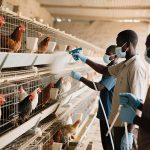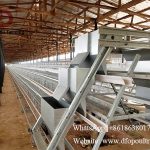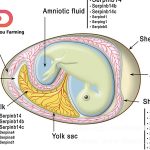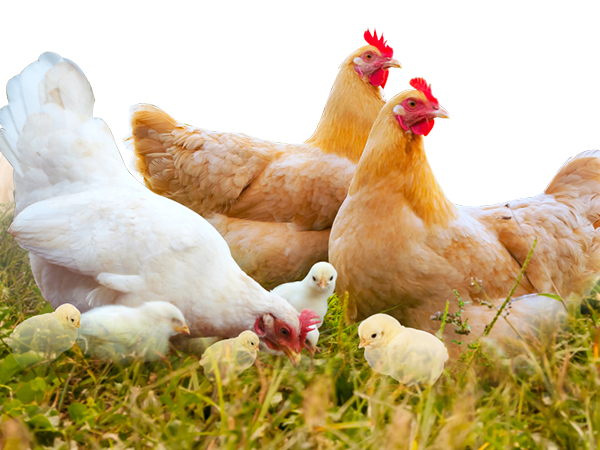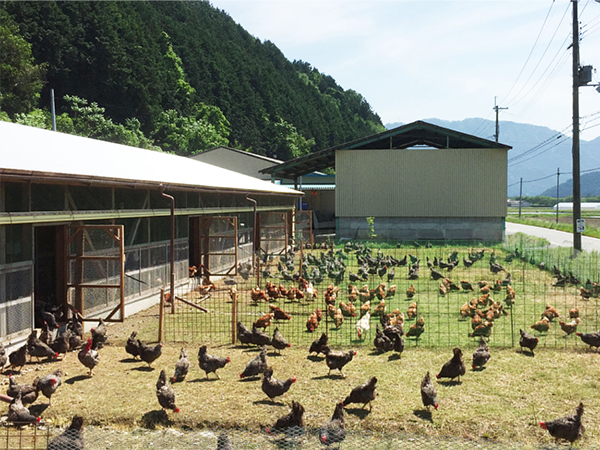Layer chicken broiler chickens’ growth patterns and metabolism
Layer chicken broiler chickens’ growth patterns and metabolism
After understanding the basic knowledge of chicken digestive system characteristics and digestive process, it is necessary to further understand the metabolic characteristics and growth patterns of layer chickens and broiler chickens
Mastering these basic knowledge can help chicken breeders correctly understand the nutritional needs of chickens at different physiological stages, and help to raise different types of chicken breeds and improve their economic benefits.
At present, one of the misunderstandings of some breeding households is that they lack scientific knowledge and skills in raising chickens. Some are in a state of knowing but not understanding; some blindly imitate others and follow others. Little do they know that the effect of raising chickens lies in the thousands of differences, which requires a reasonable combination and mutual support of various conditions. I hope that chicken breeders can open up their minds, change their concepts, and strive to improve the overall level of chicken farming, which is the way to make a fortune.
Everyone has heard of or knows the specialized term metabolism. What is metabolism? What is the relationship between the high or low metabolic rate and the good or bad metabolism, and the life, growth, development, production (meat, eggs), disease resistance, and health of animals? In simple terms, metabolism is the process of the body constantly “breathing out and breathing in”, that is, animals take in various feeds, water, and oxygen, and after a series of physical, chemical, and biological changes in the body, the various nutrients in the feed are converted into a state that can be absorbed and absorbed. The absorbed nutrients are used through a series of biochemical processes for maintaining life, growth and development, and production, and the undigested feed residues, unutilized nutrients, and metabolic end products are excreted from the body in the form of feces, urine, and waste gas (carbon dioxide). This process begins with the appearance of life and ends with the end of life. In the meantime, it is uninterrupted day after day. The process of metabolism is an extremely complex process of life, physiology, and biochemistry, which is affected and disturbed by many factors. There are differences in the metabolic characteristics between different types of chicken breeds or between individuals of the same type of chicken breed, which are controlled by the inherited genetic material from the parents. The metabolic rate is closely related to the basal metabolism and its production level.
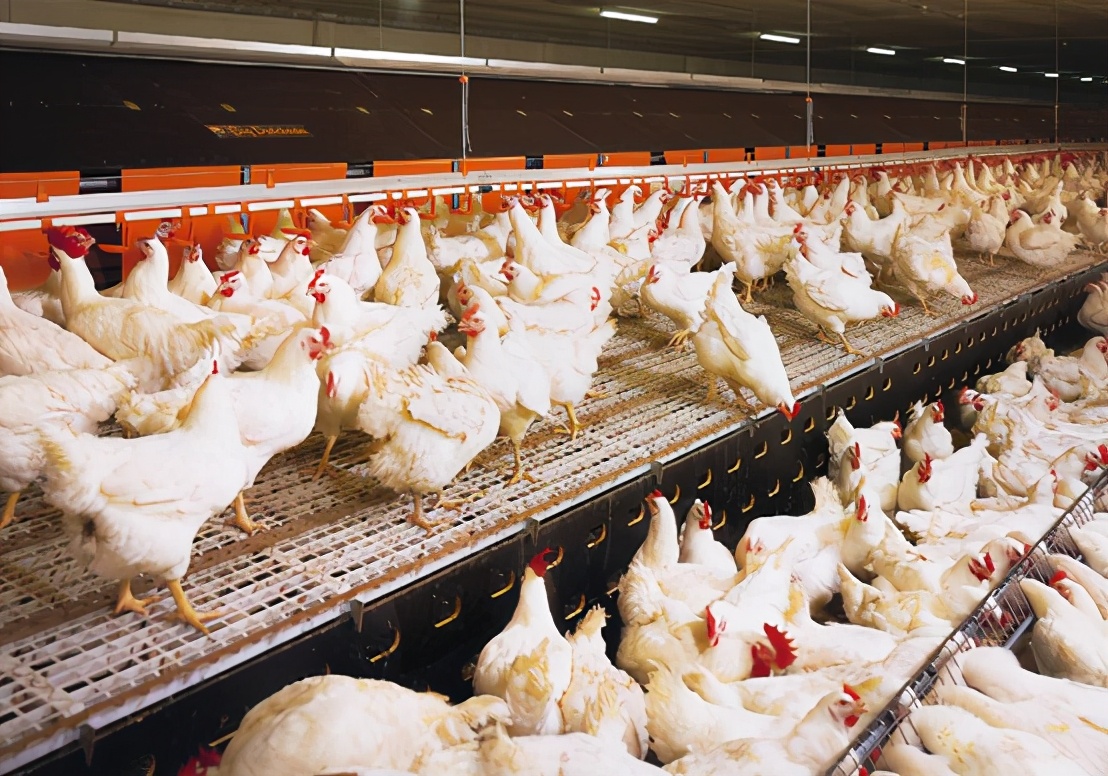
What is basal metabolism?
Basal metabolism refers to the energy metabolism state of an animal that is not affected by food intake in a state of absorption and in a constant temperature environment (25℃), at a minimum activity intensity (muscle relaxation) (humans are lying down; animals are standing half the time and lying down half the time). In simple terms, basal metabolism is the lowest energy metabolism that maintains the vital activities of animals (heartbeat, blood circulation, respiration, constant body temperature, etc.). Before measuring basal metabolism, the animal must be starved (chickens generally for 1 day) to prevent the intestines and stomach from digesting and absorbing during the test, and the organs and tissues do not undergo metabolism of the absorbed nutrients. Under the condition of the most suitable environmental temperature (25℃) and the minimum muscle movement intensity (at this time, the energy required by the body depends on the oxidation of body fat), the energy consumption of the body is the lowest, which is generally referred to as the basal metabolic energy consumption.
Here is a brief discussion of the main factors that affect metabolism, which will help to understand the nutritional needs of poultry and how to raise egg chickens and meat chickens well.
The factors affecting chicken metabolism
There are many studies on poultry metabolism, and some of the results and views are not entirely consistent. Here is a brief introduction to chicken metabolism and its influencing factors:
Age and metabolic rate
Many researchers have measured the metabolic rates of chickens of different ages. Most researchers agree that the basal metabolic rate of chickens is highest at 4-5 weeks of age, and then decreases with age until 1 year old. The higher metabolic rate at an early stage is roughly corresponding to the higher growth rate at an early stage. It can be understood that when the metabolic rate is high, the growth rate is fast, the body weight increases quickly, and the feed efficiency is also higher.
Metabolic rate status during the day
Studies have found that the basal metabolic rate in the morning is higher than in the afternoon or evening. The saying “eat well in the morning and less at night” is for humans, and the reason may be related to the rhythmic changes in metabolic rate during the day. In production, it has been observed that chicken appetite and feed intake also have peaks during the day, which may be related to this.
Sex, type and metabolic rate
In general, the metabolic rate of male chickens is higher than that of female chickens, the metabolic rate of broilers is higher than that of laying hens, and the metabolic rate of chicks is higher than that of adult chickens. In production practice, people can find that the body weight, feed intake of male chickens are higher than that of female chickens; the nutritional needs, feed intake and body weight of broilers are higher than that of laying hens; per unit body weight, the amount of oxygen required and the amount of carbon dioxide emitted by young chickens are both higher than that of adult chickens. All of these are related to the high and low, strong and weak of metabolic rate.
Activity and metabolic rate
Deighton and Hutchinson (1940) studied the effects of various activities on chicken metabolic rate: the metabolic rate is higher in a standing position than in a stationary position (cage-raised chickens are restricted in their activity, so they consume slightly less energy than floor-raised chickens); the increase in metabolic rate is higher when the neck is extended in any direction to expand the feathers; when the chicken hides its head under its wing to sleep, the metabolic rate decreases; the crowing and standing up of chickens will temporarily increase the metabolic rate.
Physiological status and metabolic rate
According to the research results of Dukes (1937), the metabolic rate of laying hens with more eggs is slightly higher than that of laying hens with fewer eggs. In practice, it has been observed that the feed intake of laying hens that lay eggs on the day is higher than that of laying hens that do not lay eggs on the day, which is related to metabolism to some extent. Someone once measured the basal metabolic rate of laying hens in summer, autumn and winter. The results showed that the metabolic efficiency in the autumn molting period was the highest, at 666; in summer and winter, they were 460 and 448 respectively (expressed in milliliters of oxygen consumed per hour per kilogram of body weight). This may be related to the fact that molting leads to more heat loss.
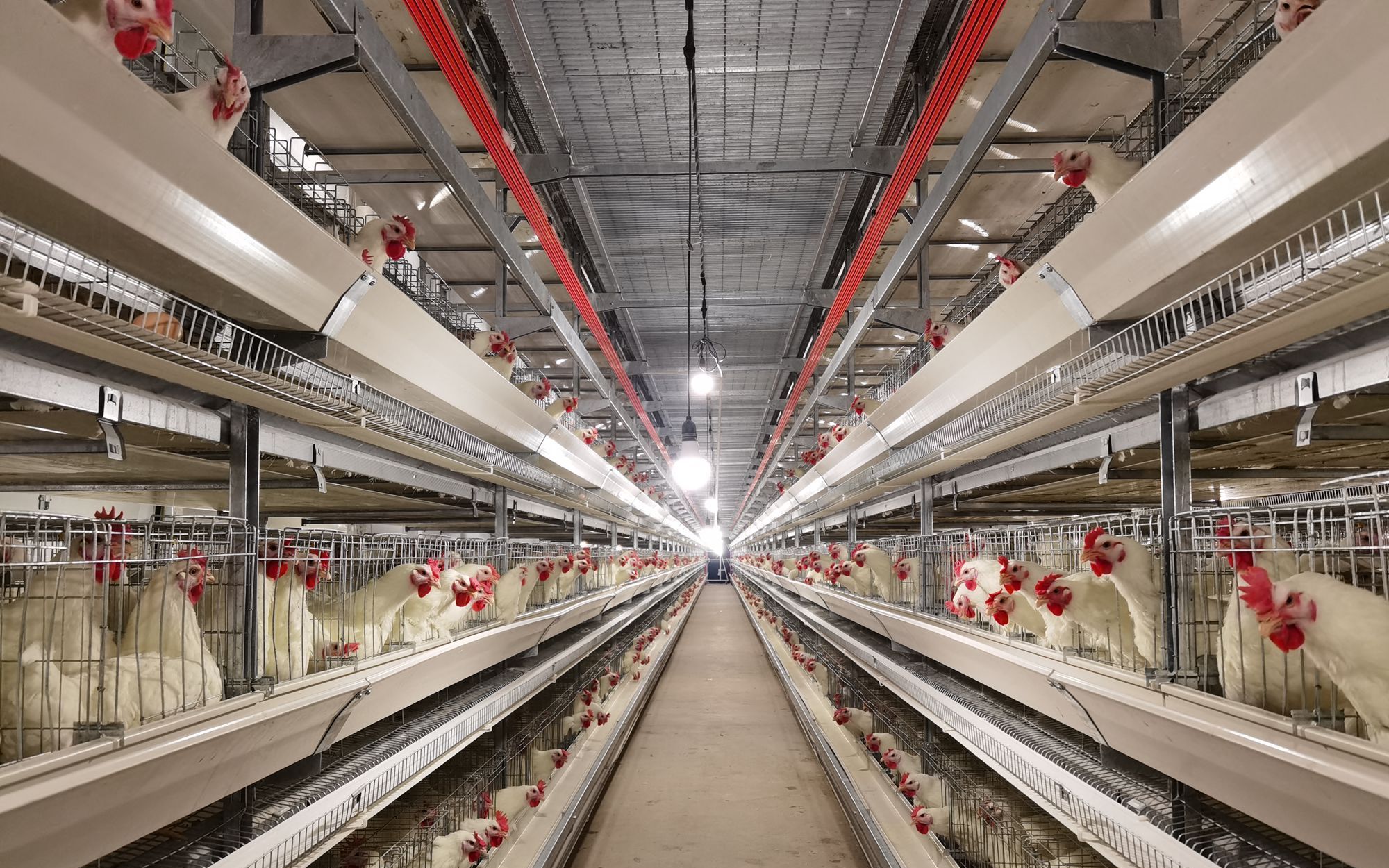
Feed intake regulation in layer chickens and broiler chickens
Egg chicken feeding characteristics:
The concept of “eating for energy” is widely accepted for egg-type chickens. This means that within the normal physiological capacity of their digestive system, egg chickens adjust their feed intake based on the energy concentration of the feed. When the feed energy density is low, egg chickens will increase their feed intake to meet their energy needs. Conversely, when the energy density is high, they will eat less to avoid waste. Additionally, egg chickens boast a strong feed intake regulation ability, allowing them to adapt to variations in dietary fiber levels.
Broiler chicken feeding characteristics:
Unlike egg chickens, broilers tend to eat based on their digestive tract capacity, aiming to fill their gut to the maximum. This translates to decreased feed intake with larger feed volumes and increased intake with smaller volumes. Their feed intake regulation ability is relatively weaker compared to egg chickens, making them less adaptable to changes in dietary fiber levels.
Chicken feed intake regulation:
Different poultry species display varying degrees of feed intake regulation, which is influenced by their eating capacity, digestive tract volume, and expansion capabilities. A study by Summers and Lesson (1984) revealed that the intestinal volume per unit body weight follows the order: egg chickens > broilers > turkeys, mirroring the observed trend in their regulation abilities. In other words, egg chickens possess the strongest feed intake regulation, followed by broilers, and then turkeys.
(1) Egg-type chicks:
For egg-type chicks, feed intake regulation remains effective even with fiber levels ranging from 10% to 25% in their diet, although it might take 7-10 days for complete adaptation. A study by Newcomb and Summers (1984) demonstrated that to compensate for low energy density variations, egg-type chicks can increase their feed volume intake by 30-40%, showcasing their remarkable potential.
(2) Laying hens:
Their regulation limit reaches up to 20% dietary fiber but requires a 12-day adaptation period.
(3) Broilers:
Research findings in this area exhibit considerable discrepancies. Some reports suggest a regulation limit of 20% dietary fiber in broilers, while others indicate 10% or 5%, or even complete absence of effective regulation.
The extent of poultry feed intake regulation is associated with the feed’s physical characteristics or density. The research results mentioned above solely serve to explain the varying degrees of feed intake regulation in different poultry species and don’t imply that crude fiber levels in egg and broiler feeds can reach as high as 20%.
As mentioned earlier, it’s generally recommended to maintain crude fiber content in chicken feed between 3% and 5%. High-fiber diets are unfavorable for poultry due to their low metabolic energy density, large volume, strong water retention, and tendency to expand upon contact with water. When feeding high-fiber diets, poultry exhibit increased water intake and frequency, along with looser droppings, leading to potential contamination of the coop environment.

